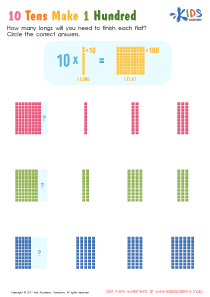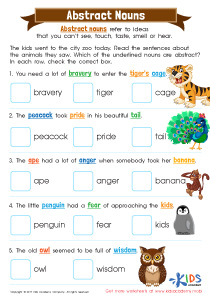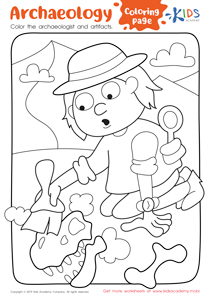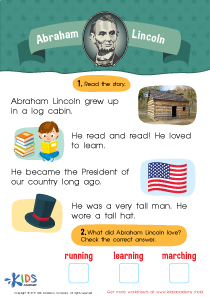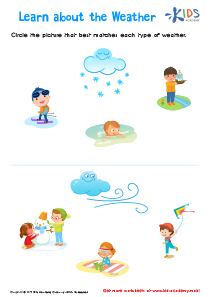Normal Beginning Sounds worksheets activities for 5-Year-Olds
1 filtered results
-
From - To
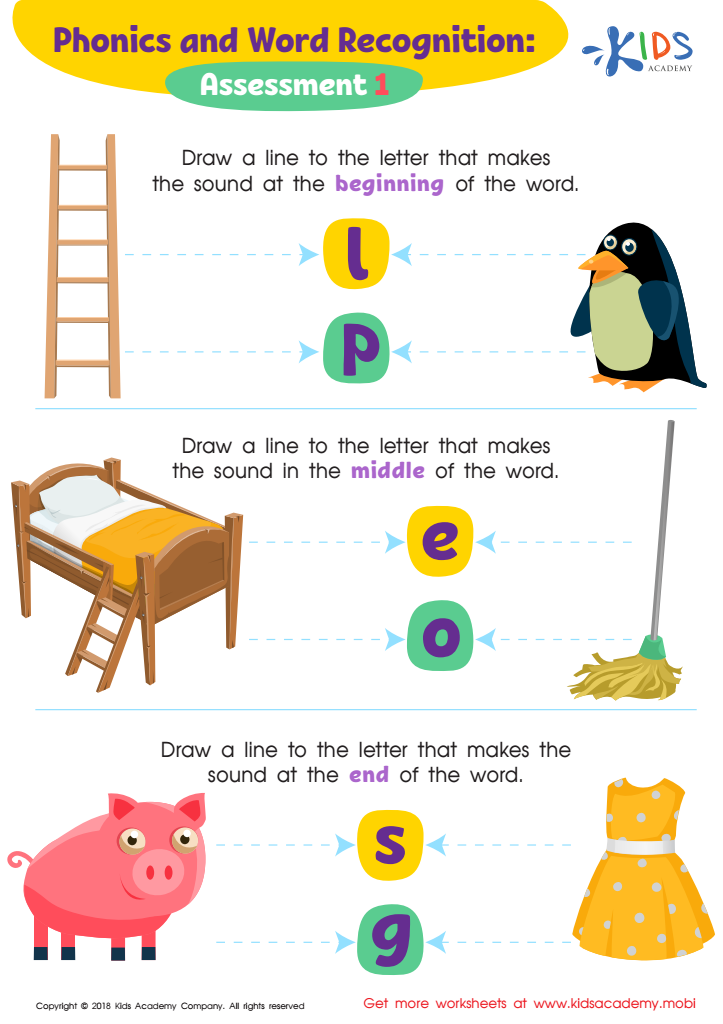

Phonics and Word Recognition: Assessment 1 ELA Worksheet
Normal Beginning Sounds worksheets activities are a cornerstone in early literacy education, providing an essential foundation for young learners to build upon. These activities are designed to introduce children to the concept of phonemic awareness, an important skill that involves recognizing and manipulating individual sounds in words. By engaging in Normal Beginning Sounds worksheets activities, children can gain a deeper understanding of how words are constructed, setting the stage for successful reading and spelling in the future.
One of the key reasons these activities are useful is that they make learning interactive and fun. Children enjoy the process of matching letters with their corresponding sounds, which can often include colorful pictures and engaging tasks. This hands-on approach not only keeps young learners engaged but also helps solidify the association between sounds and their visual representations. This reinforcement is crucial for memory retention and the development of reading fluency.
Moreover, Normal Beginning Sounds worksheets activities cater to a variety of learning styles. Whether a child is a visual learner, prefers auditory learning, or learns best through kinesthetic activities, these worksheets can be adapted to meet their needs. For instance, children can color, trace, cut, and even use objects to match sounds with the correct letter, thereby engaging multiple senses in the learning process.
Finally, these activities provide a structured way for children to practice foundational literacy skills. Consistent exposure to various letters and sounds through Normal Beginning Sounds worksheets helps children develop confidence and proficiency in their ability to recognize and produce the sounds of the alphabet. This early confidence is a critical component in fostering a love for reading and a desire to explore more complex literacy concepts in the future.
In summary, Normal Beginning Sounds worksheets activities play a vital role in early childhood education by making learning engaging, accommodating different learning styles, and providing a solid foundation for literacy development. Their importance in fostering phonemic awareness cannot be overstated, making them an invaluable resource in the journey toward reading proficiency.
 Assign to the classroom
Assign to the classroom



.jpg)

.jpg)
